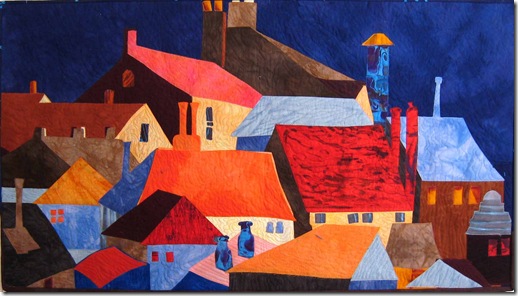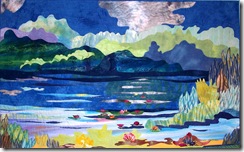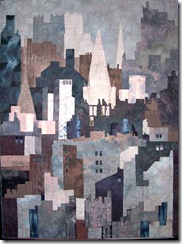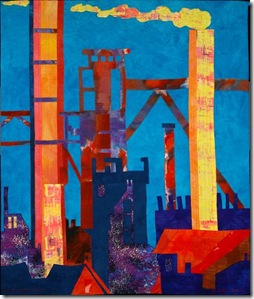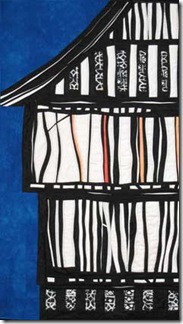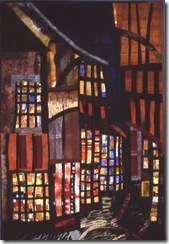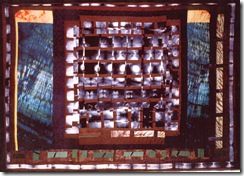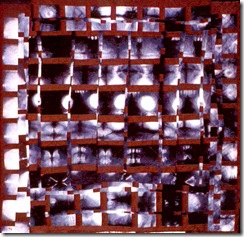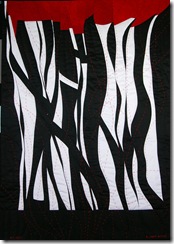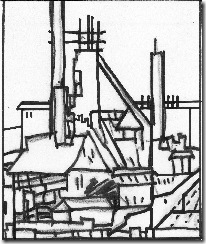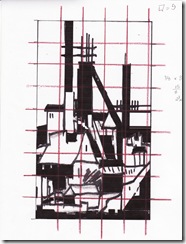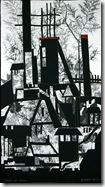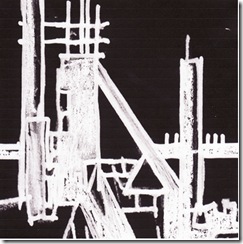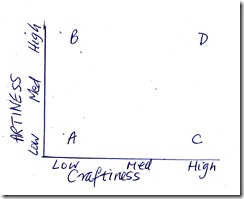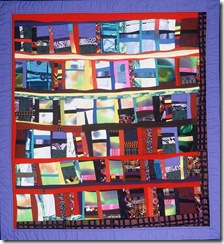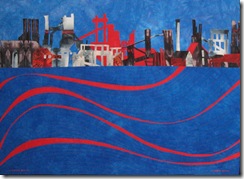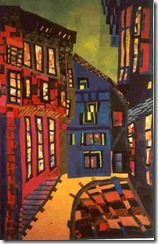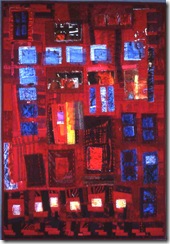I’m going to be away next week teaching a workshop at The Greenville Arms in the Hudson River Valley. I’ve heard so much about this venue from other teachers that I think it’s going to be a great week especially since I just discovered – reading about them online – that they are also the Chocolate Center of the World!! since as we all know chocolate is one of the Most beneficial medicines there is, it’s going to be a healthy week too.
And, a little known fact about me is that I worked for a year after leaving high school in a chocolate factory! Unfortunately they wouldn’t allow me on the main factory floor, they said creative types like me always messed things up!
This quilt is happily titled “A Glow of Expectancy” - notice all those lovely chocolate colours!
I’m teaching a workshop called From Inspiration to fulfillment. The subtitle was originally Seven Steps to a Successful Quilt, then I started counting up the steps and realized I had a sub-step here, and a leap there!! and the number was actually unimportant anyway! The workshop teaches how to take organized steps from one task to another so that the quilt making journey is one of exciting discoveries, rather than frustration and despair! I devised this class after about 10 years of looking for it myself at many different quilt events. I felt that there must be some kind of structure possible that would guide one on the journey (not lead one by the nose you understand!!! I’d surely hate that)…but a structure that would say: these are the decisions you should make, this is the most efficient order in which to make them and this is how to make them. I took a number of art classes too to see if they were giving out that information there and withholding it from the quilters (!!!) but I didn’t find that they were significantly better. There seemed to be just two types of classes: the ones where you copied a sample the instructor had made, and the ones where they said “well, what are you waiting for – just do it!”.
So, I started reading and reading and reading… and as I read I realized that the information was available; it just needed extracting, simplifying and clarifying. And that’s what I try to do in my classes. Because the workshop works from the first to the last step, you can take it regardless of your level of experience…obviously those with more experience will tackle a more complex design, those who work fast will come up with many designs, those who are beginners will work with a simpler exposition of their main idea. And it’s great to have so many different people in the class, for then everyone’s varied knowledge informs everyone else.
So since you won’t be wasting time reading this blog for a week (unless you want to go back in time and read old posts!), I hope you’ll be crouched over a hot sewing machine, reading art books…and enjoying a nice cup of tea! When I get back, I’ll post some pictures from the workshop.
If you have been, thanks for reading! Elizabeth
